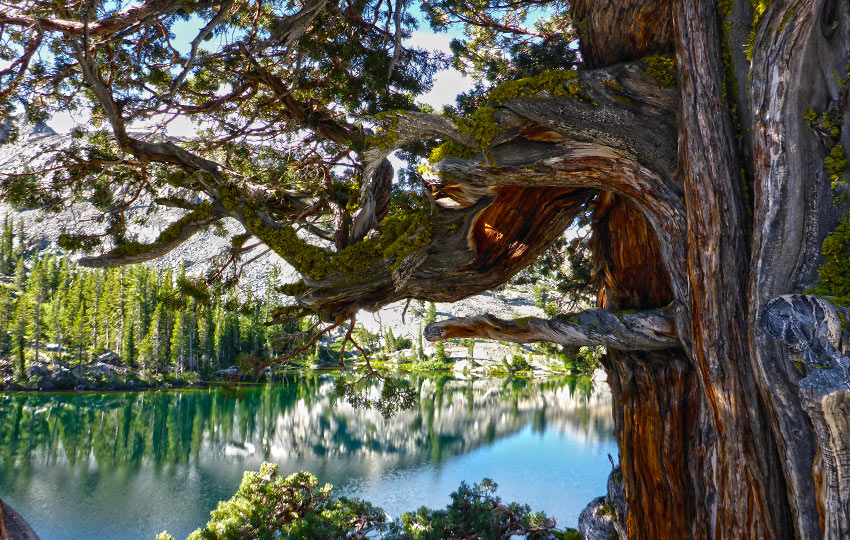
At this point in planning your next backcountry trip, you should’ve already performed the lion’s share of research for your adventure. In the example for this series of backcountry planning articles, we’re going to thru-hike the Tahoe Rim Trail.
So, this research would’ve included asking and answering all of your questions regarding extended backpacking adventures in the Sierra Nevada Mountains and, more specifically, at Lake Tahoe.
If you’re new to backpacking or inexperienced with going on overnight journeys through the mountains, you probably have more questions now than when you began your inquiry. Life is funny that way. The more you look, the more you find!
Support Tahoe Trail Guide with a financial contribution via PayPal (single contribution) or Patreon (reoccurring contributions). Your support of Tahoe Trail Guide is very much appreciated!

The next phase(s) of planning (and the third and fourth steps in the decision-making process) is to make sense of the information you’ve gathered by evaluating it and considering alternatives, and then choosing the best option for your trip.
There are countless details to consider when evaluating the information surrounding a backcountry trip. However, the two main aspects to consider during this stage of planning are to determine 1) whether or not the information you’ve gathered is legitimate and 2) whether or not it’s relevant to you and your goal.
In an age where fake news is the norm, you should be an expert at determining whether or not the sources of information you’re researching are credible and reliable.
Even if you’re new to backpacking and backcountry travel, you should still be able to weed out much of the junk you’ll find (especially online). Keep in mind, however, that information you find about backpacking most likely won’t be intentionally malicious or misleading. Instead, it’s probably just going to be out-of-date and, therefore, not helpful to your current goal.
That said, you’ve probably instinctively weeded out a lot of useless stuff during your information gathering process.
I recommend focusing your efforts on the second point I raise, which is whether or not the information is actually relevant to you.
I say this because every aspect of your trip is based on your preferences, skills, fitness level, schedule, and finances. For example, although you can’t control the weather you do control the time of year and season in which you travel. And even though certain gear is essentially required to complete a thru-hike of the Tahoe Rim Trail, there are a multiple options from which to choose.
To help you focus your evaluation, I’ve outlined the three most important (albeit broad) areas on which you should level a critical eye. Scrutinize the following bullet points while considering your options and determining how they either support or don’t support your ability to achieve your goal.
1) Time of year in which you will be embarking on your trip:
- Time you have available for the overall trip (probably tied to your work schedule)
- Length and time required of your trip
- Length of days and amount of daylight in which to operate
- Type of weather you will have to contend with
- Previous year’s snowfall which determines to water and travel considerations
Except for hardcore backcountry travelers, most people are going to plan their adventures around favorable weather such as you’d find during the summer. This makes sense because summer weather is generally more enjoyable and predictable, and the days are longer.
For those of you with kids, this is a no-brainer since they’ll be on summer vacation and you won’t have to pull them out of school.
For thru-hiking the Tahoe Rim Trail, I recommend completing it sometime between June and August. If the previous winter’s snowpack levels are low, consider hiking earlier in the summer in order to capitalize on seasonal water sources that will dry up quickly once the temperature rises.
For summers following big snow years I recommend waiting until the latter half of the season to let the snow melt, particularly on the west shore and in the higher elevations (i.e. Desolation Wilderness).
Longer days also means more daylight in which to hike (if you’re into making bigger miles) or to address a problem such as a medical emergency.
Autumn is also a great time to thru-hike the Tahoe Rim Trail. You’ll probably have the trails to yourself which makes for quality time to reflect and contemplate.
However, you may find it lonely on the trail since most people will have exhausted their vacations and are back in work and/or school mode. Also, the days will be shorter, seasonal water sources may have dried up, rain and snow will be more likely, the trails will look beat up from all of the summer use, and the vast majority of wildflowers will have withered away or gone into dormancy.
2) Route of your trip:
- Type of geography you’ll have to negotiate
- Total number of miles you plan to cover, as well as miles per day
- Parking, trailhead access, and associated fees
- Resupply points
- Support system available to you
- Emergency evacuation options
- Permits or other fees associated with the areas in which you will be traveling
If you’re hiking an established trail, such as the Pacific Crest Trail (PCT) or Tahoe Rim Trail, route selection isn’t very complicated. For PCT hikers, you’re either going to travel north or south.
The variations in your route will be based on your resupply points and how many miles you cover each day. Tahoe Rim Trail thru-hikers have many options as to where they can start and finish since the trail essentially forms a circle.
Once you pick a starting point, the same factors apply in that your resupply points and the amount of miles you hike each day will dictate the variations in your schedule.
For hardcore adventurers who want to travel off the beaten path, you’ll have to look elsewhere for guidance. This whole aspect of mountaineering is far more complex than I want to get into today.
In a nutshell, though, route selection will ultimately be based on your specific goal and the technical abilities required to achieve that goal (i.e. skills in land navigation, climbing with or without aid, wilderness first aid, etc…).
As I mentioned in Part 4: Gathering Information, there are no compelling arguments (beyond where to park your vehicle) as to where you decide to start or in which direction you choose to travel (clockwise or counterclockwise) along the Tahoe Rim Trail.
If you’re being shuttled to the trailhead and parking is not a concern, start wherever is most convenient and least expensive for your support crew to drop you off and pick you up. The same principle applies with regard to having your resupply box delivered.
If you can hike one or two more days and postpone your need for a resupply making it more convenient for your support crew (i.e. they won’t have to drive to the opposite side of the lake to meet you), do it. Although your support crew is there to help, you’ll either burn them out (on longer trips that require multiple assists) or piss them off by relying too much on their good graces.
Providing support is basically like helping a friend move, so don’t waste their time by causing them to do a lot of extra work for you. Metaphorically, have your boxes packed and ready to go by the time they arrive.
On established trails, your evacuation routes will most often be the nearest road crossing. Although the distance might be longer than going off-trail to intercept another road or highway, traveling by the established trail will be faster and safer.
Think long and hard if you’re considering going off-trail to seek help because, should you choose to do so, you will run a greater risk of getting lost and/or wrecking further the injured party.
Also consider carrying a personal locator beacon for just such emergencies, particularly if you travel alone.
Lastly, know before you go whether or not the route or area in which you’ll be traveling requires any permits or other official documents for access. Permits are required on the Tahoe Rim Trail for traveling through Desolation Wilderness (costs vary).
You’ll also need a camp fire/camp stove permit from the Lake Tahoe Basin Management Unit (free).
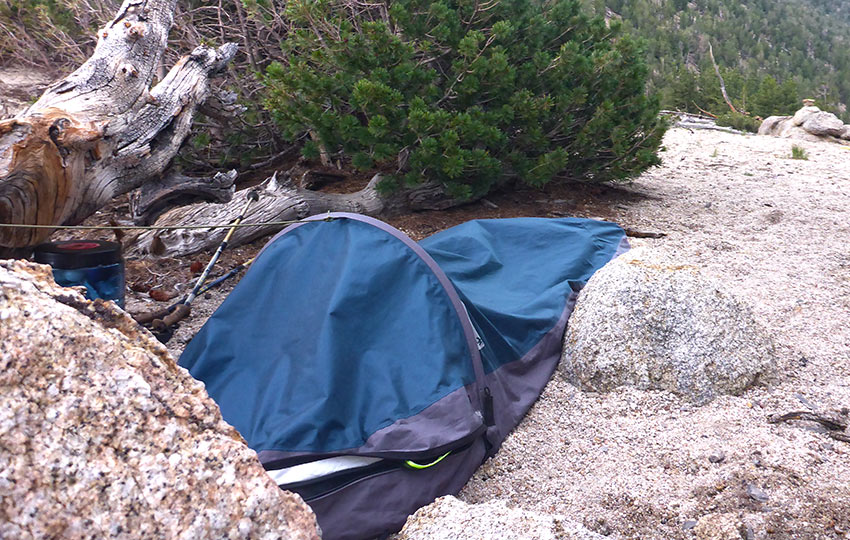
3) Gear requirements for your trip:
- Traveling light and fast versus heavy and slow
- Backpack
- Clothing
- Thicker and bulkier gear for cold and wet environments
- Thinner and lighter gear for favorable conditions
- Shelter and sleeping bag
- Water filtration and storage
- Food, preparation, and storage
- Emergency kit (and personal locator beacon) and personal hygiene
- Miscellaneous (camera, journal, monocular, flora/fauna identification materials…)
For newcomers to the world of backpacking and backcountry traveling, gear selection is often where their eyes begin to glaze over. There are just so many options available for every conceivable situation, scenario, or environment. So, I’ll keep this as brief as possible and focus on principles rather than details about specific brands, etc…
There are two ends of the spectrum when it comes to styles of backpacking. Either you’re going to travel a little heavier and slower and enjoy some creature comforts in camp or you’re going to move light and fast and spend most of your time on the trail.
Generally speaking, a weekend warrior will fall into the former category while a Pacific Crest Trail thru-hiker will be in the latter.
What this illustrates is that gear selection should be directly related to your backcountry goal. It just doesn’t make sense to carry extra and/or heavy gear if you’re planning to hike 16-19 miles per day in order to complete the Tahoe Rim Trail in 9-12 days. You’ll be spending most of your time hiking and that extra gear will only contribute to fatigue and potential injury.
Often, I’ll simply backpack overnight at my favorite peak in order to catch the sunset and the next morning’s sunrise. In those cases, I’ll usually just leave my camp stove at home and eat leftovers or a sandwich for dinner and then some trail bars and other snacks for breakfast.
I may also decide to leave my water filter at home and carry just enough water to get me back to my vehicle where I’ll have stashed an extra bottle or two of water so that I can re-hydrate immediately upon my return.
Again, your gear selection should be specific and support your backcountry goal.
As you backpack more frequently, you’ll begin to develop your own style of travel and most likely start acquiring specific gear for you evolving needs. This usually results in an overall lighter (and more expensive) kit.
However, you’ll then have options from which to make more appropriate gear selections for future treks. You could absolutely have a one-size-fits-all kit. The problem is that you’ll never be 100% specific for your situation and will most likely end up carrying unnecessary or cumbersome gear.
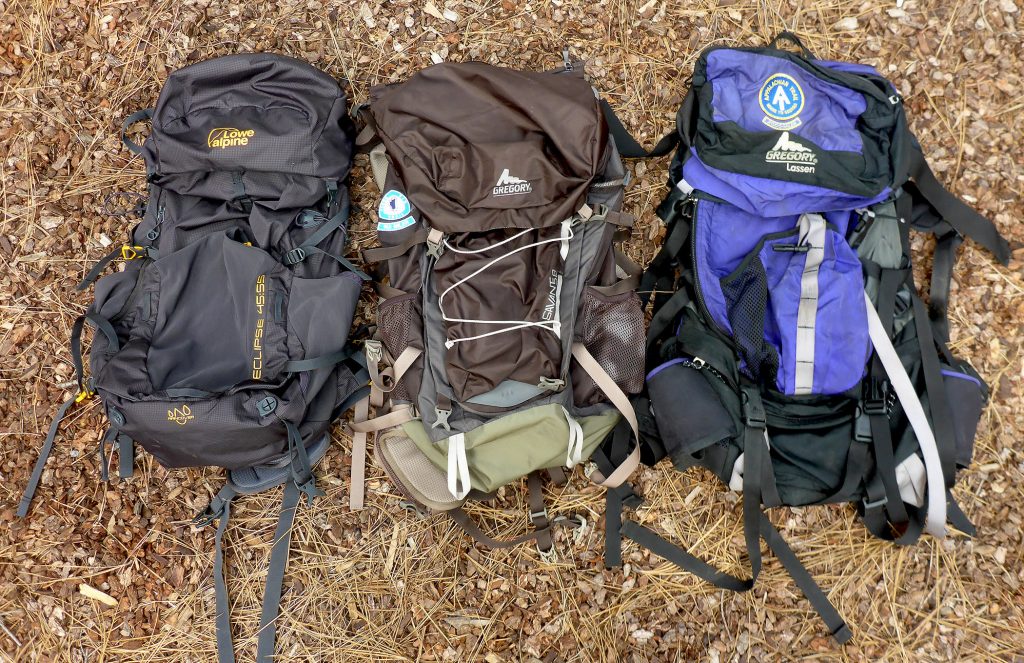
Take ‘em or leave ‘em, but these are some principles I’ve learned over the years about making gear selections:
- If you don’t use it every day, don’t bring it (except for an emergency kit and PLB).
- Pack as light as you can without sacrificing safety and (too much) comfort.
- The more space you have in your backpack, the more space you have to fill. And that space will get filled because the universe will not tolerate a void. Therefore, use a backpack appropriately sized for your gear selection. This means that when it’s fully packed it’ll have some breathing room leftover (not too much, though) which will make it easier to pack in haste when you’re caught breaking camp in the pouring rain.
- The more stuff you have, the more pressure it will place on the seams, zippers, and buckles of your backpack.
- The more stuff you have, the more difficult it will be to find what you need most during an emergency.
- The more stuff you have, the more chances you have of losing it.
- The more stuff you have, the more distracted you will be.
- The more stuff you have, the more confused you will be.
- Packing and carrying unnecessary gear is the result of not having a clear picture (goal) as to why you’re on the trail.
- Communal gear is un-American. Be independent and self-sufficient by carrying everything you need to survive in the event that everyone (except you) in your party falls off of a 5,000 foot cliff. *
* Clearly, this last point is hyperbole. However, a camp stove with no pot to cook on it is mostly useless, just like a tent with no fly or tent poles. Or, if you’re water filter went over the cliff with your buddy. No bueno. You can always make use in some way parts of various backpacking systems, but it’s better to just be completely independent. I realize this point of view is based on my thru-hiking experience (i.e. solo hiking) and not that of a parent who will be camping with their children. However, teach your children to be autonomous as soon as possible because you just might not be around long enough to save them.
I realize I’ve been droning on and on, but before I close I want to share with you my process for evaluating information and gear.
Basically I use visualization as the cornerstone to my process. It enables me to make more sensible choices in gear and route selection (after having taken inventory of my gear, researched possible routes, and considered forecasted weather patterns during the information gathering phase). It also prepares my mind for what’s to come.
This practice isn’t about daydreaming, however, of ditty-bopping down the trail as the rising sun lights up my face while a majestic eagle soars overhead. I don’t do it to eliminate the mystery and adventure from the experience, either, or to pump up myself about the trip.
Rather, this act of visualizing engages my conscious mind by forcing me to think critically about what I’m about to do. I place myself on the trail performing basic daily tasks of backpacking, particularly under duress or in adverse conditions.
For example, I might imagine myself setting up camp in the pouring rain, operating my camp stove or water filtration device when my fingers are nearly frostbitten, or negotiating difficult terrain with an injured foot. In many respects, this visualization process is not unlike an athlete mentally preparing for a competitive event.
I admit that visualization is essentially a shortcut, or only half of the answer, when preparing for an adventure. In an ideal world I would also physically test and evaluate all of my gear, information, and processes under similar conditions to which I’d most likely encounter, but in a controlled setting.
Performing dry runs and test trials rarely happens, though. Like you, my work is demanding and time-consuming and I do occasionally have other responsibilities to consider.
If I’ve picked up some new gear, however, I’ll definitely make sure I know how it works before I hit the trail.
I realize it’s difficult to envision yourself performing specific tasks that you’ve never done before. So that means you need to test out your gear in your backyard or at a local park in order to gain a working knowledge of it.
There are also plenty of resources available (how-to books/videos and full documentaries of backcountry adventurers) from which to learn how to perform standard backpacking tasks such as operating a camp stove or setting up a tent.
Even if all you do is set up your tent once in the backyard, boil water in your new camp stove on the porch, and test the water filter out in the kitchen sink, at least you’ll have some experience from which to begin your journey.
What I’m saying is that I don’t want to see you on your first night in camp removing your stove from its store packaging and reading the operating instructions right then and there. Believe me when I say I’ve witnessed this exact example firsthand, on the Appalachian Trail no less.
This is the mindset you should embrace while evaluating the information and considering options for your excursion. Adventures without incident are what we all hope for, but it’s irresponsible to operate based on the assumption that traveling through the backcountry is only going to be rainbows and butterflies.
In spite of their beauty, mountains are an unforgiving environment. If you’re not mentally and physically prepared, the smallest of accidents can quickly turn into a major catastrophe.
Once you’ve put the information that you’ve gathered and researched through the wringer, you need to choose what you believe to be your best possible option(s).
In my case, what I believed to be my best option for thru-hiking the Tahoe Rim Trail (2014) was to start from my front door. I live in Meyers, which is on the west end of South Lake Tahoe, so I thought I would hike up to Echo Summit and hop on the Tahoe Rim Trail from there. I would bring enough food and hike enough miles each day in order to make it to the east shore (either Spooner Summit or Kingsbury Grade) so that my roommate, who works on Kingsbury Grade/SR 207, could resupply me after work on a designated day and time. Then I would walk the remainder of the distance to Echo Summit and back down to my house. This was essentially my plan, but the details still needed to be refined by being as specific as possible when making the plan.
Just because I can’t shut up … I would think it would be obvious, but if you haven’t already begun some type of physical preparatory plan, start now.
You’ll get in great shape during long backcountry trips such is a thru-hike, but it’s best to step up to the starting line with some miles under your belt. Mostly you’re looking to condition your joints and muscles, and to toughen up your feet in hopes of minimizing blisters.
You’d be surprised at how much impact your body will experience from the basic, yet repetitive motion of walking dozens of miles day after day.
Planning Your Backcountry Trip Core Series of Articles:
- The Importance of Establishing a Goal for Your Backcountry Trip
- SMART Goals and Your Backcountry Trip
- The Decision-Making Process and Your Backcountry Trip
- Gathering Information for Your Backcountry Trip
- Evaluating Information and Choosing the Best Option for Your Backcountry Trip
- Planning and Preparing for Your Backcountry Trip
- Executing Your Backcountry Trip Plan
- Returning Home and Post-Backcountry Trip Analysis
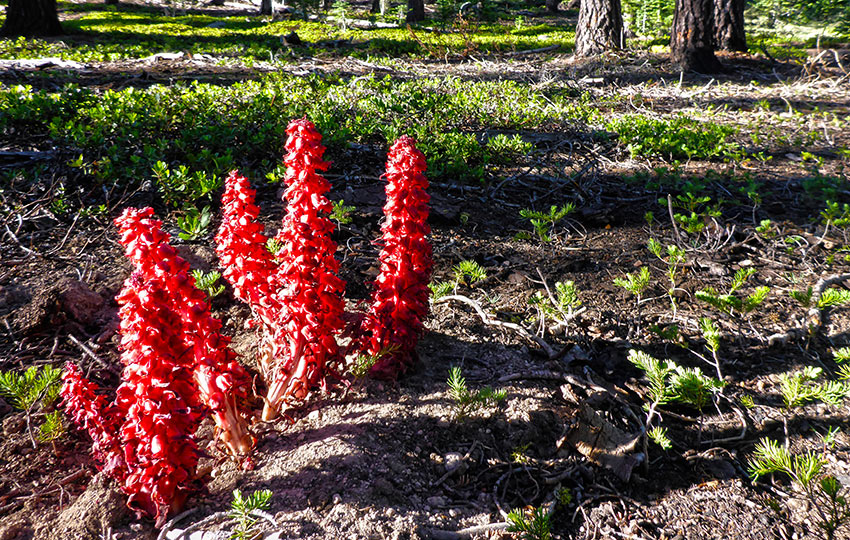
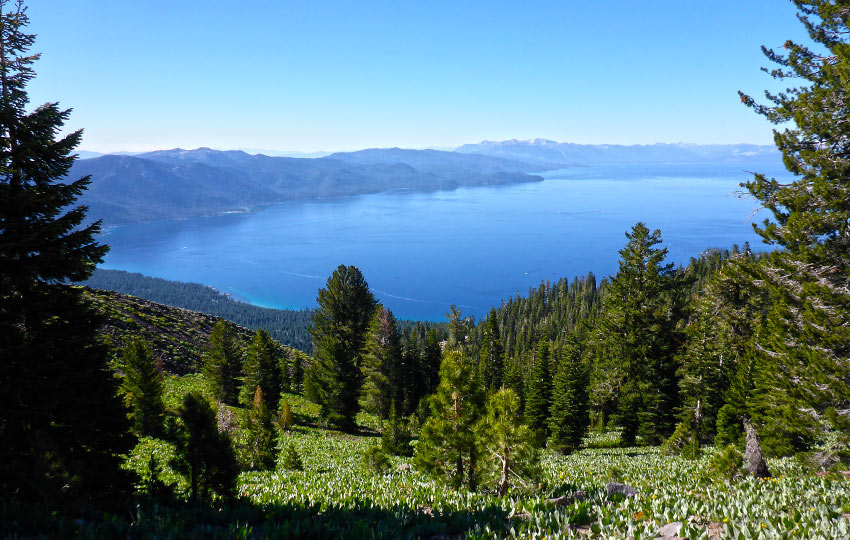
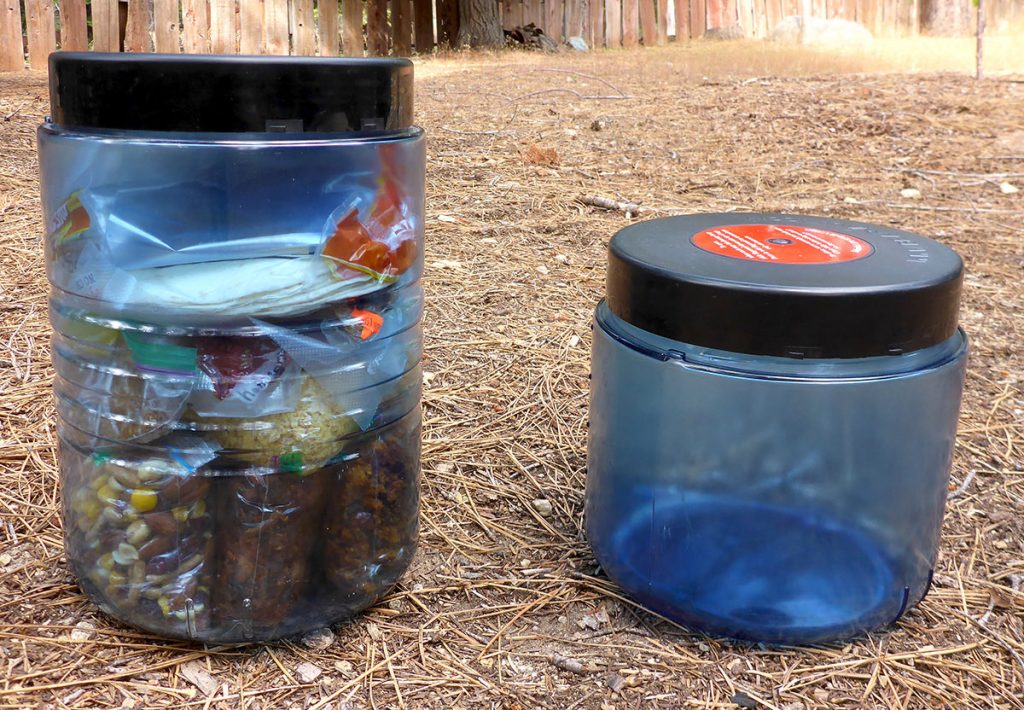
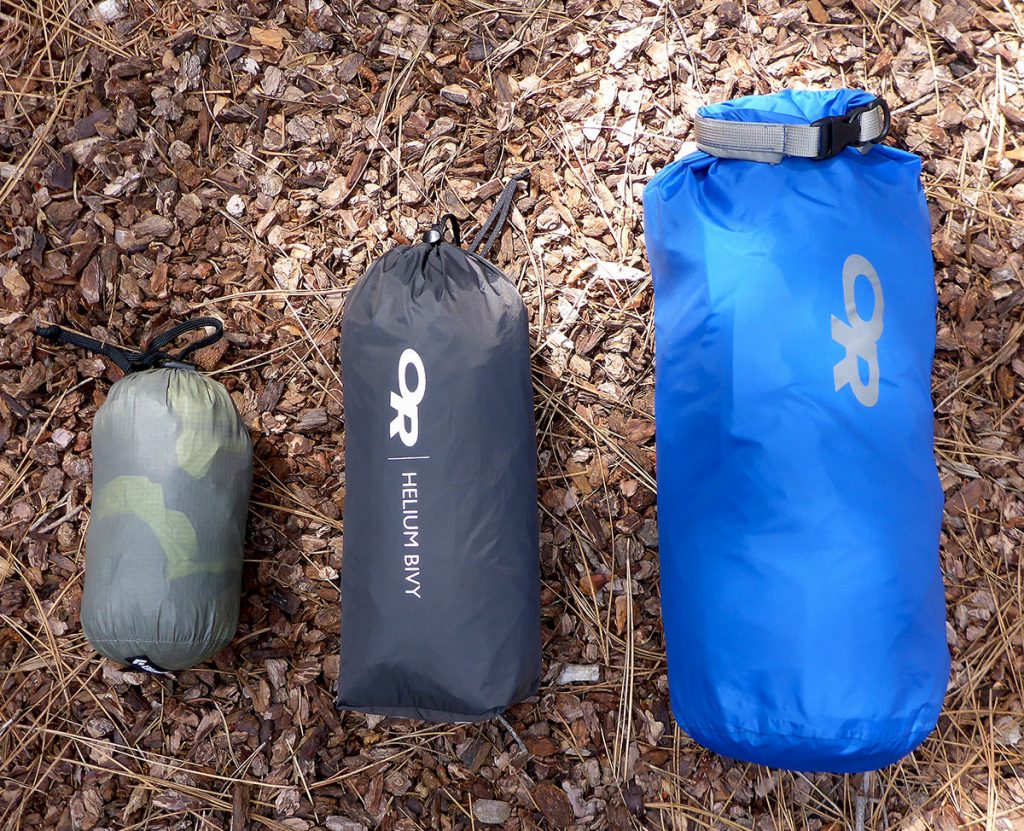
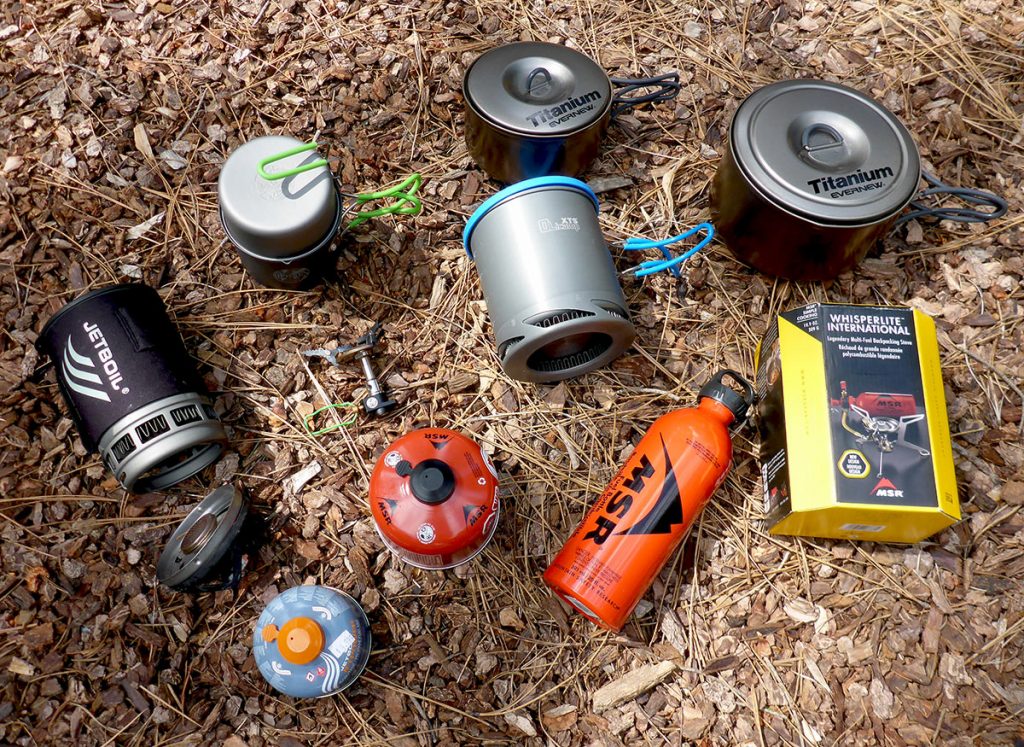
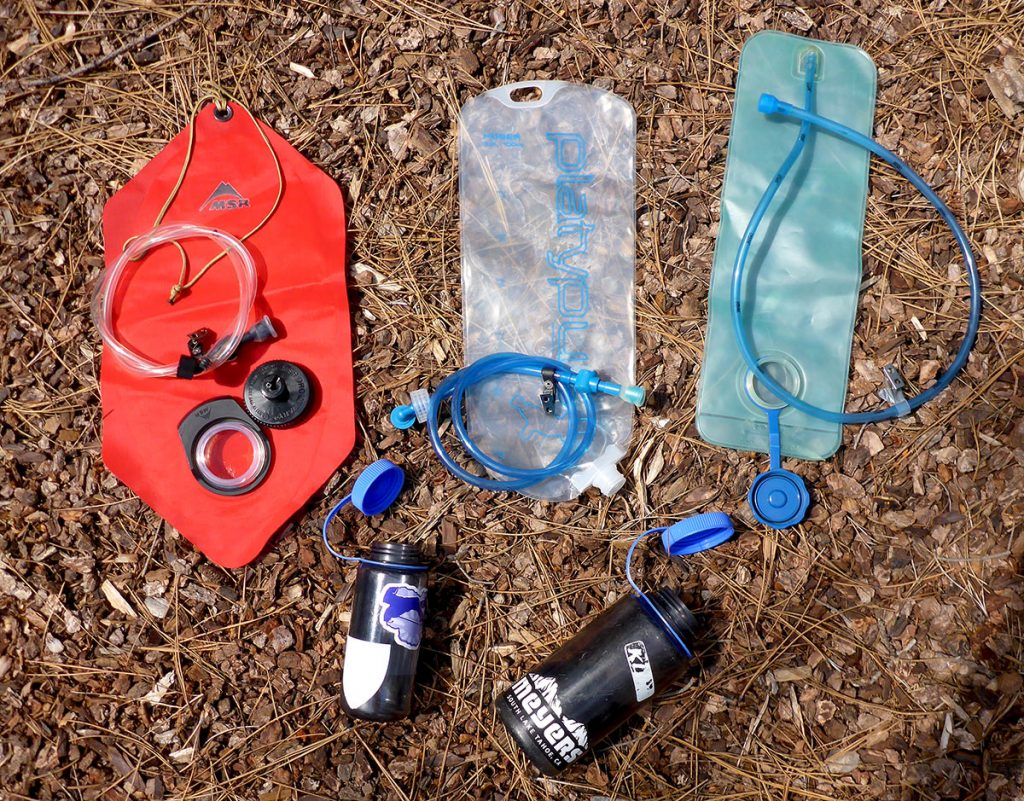
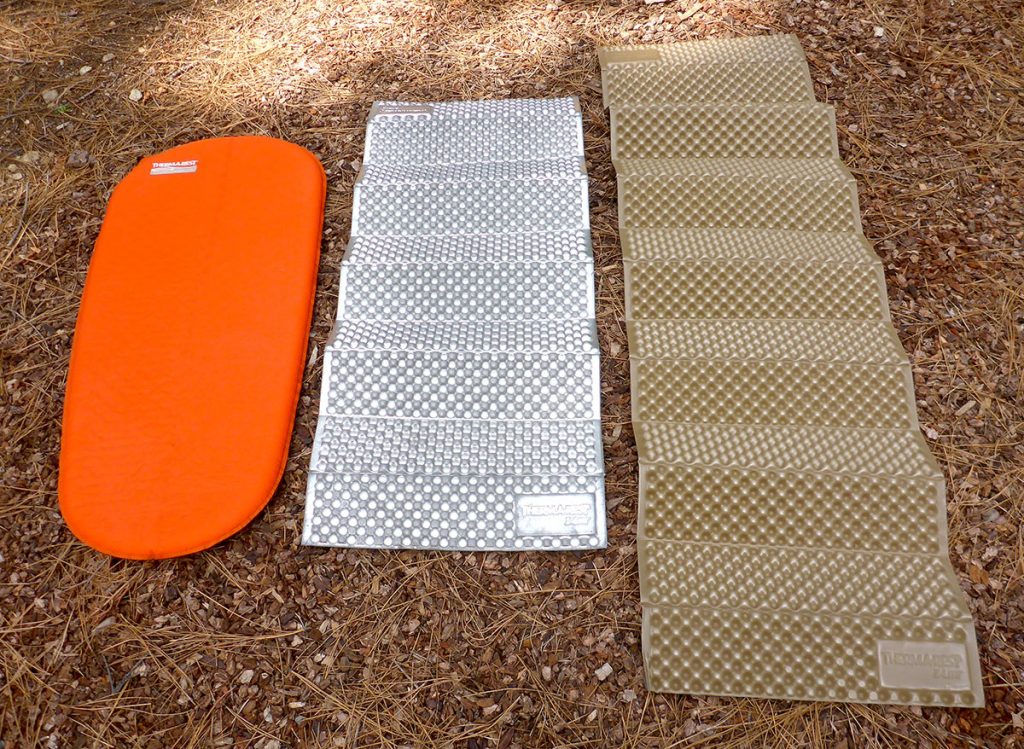
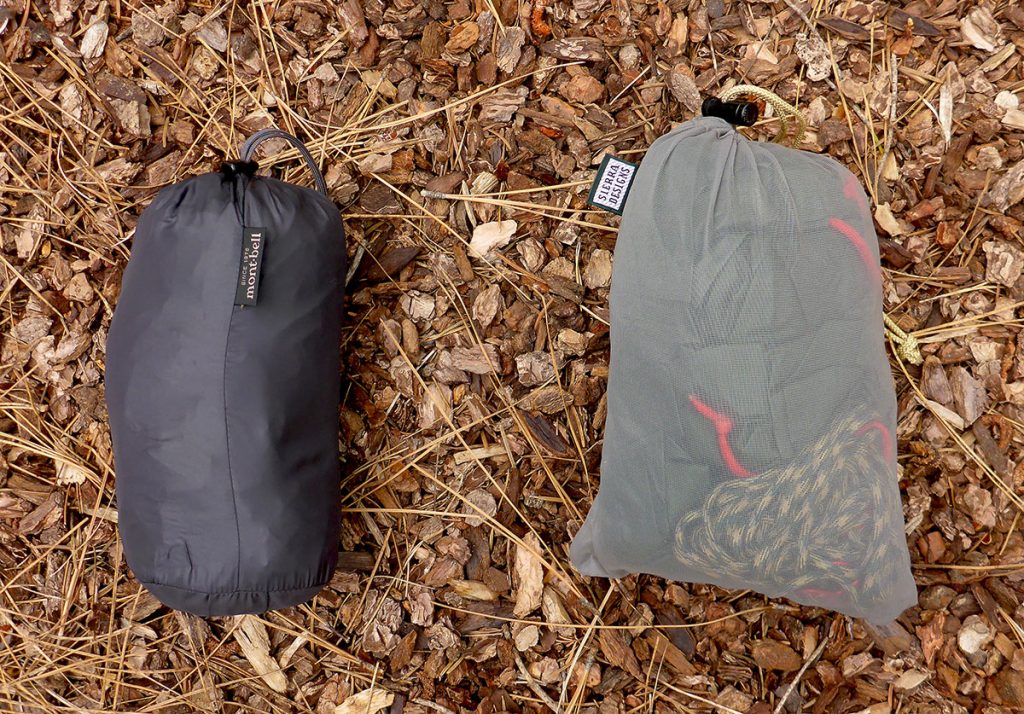
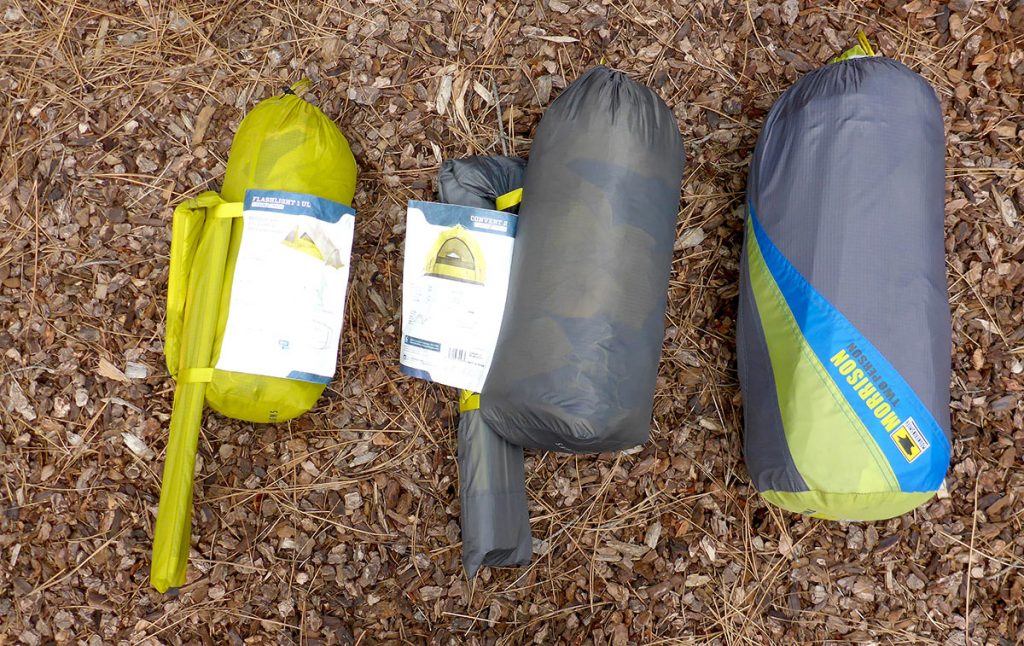
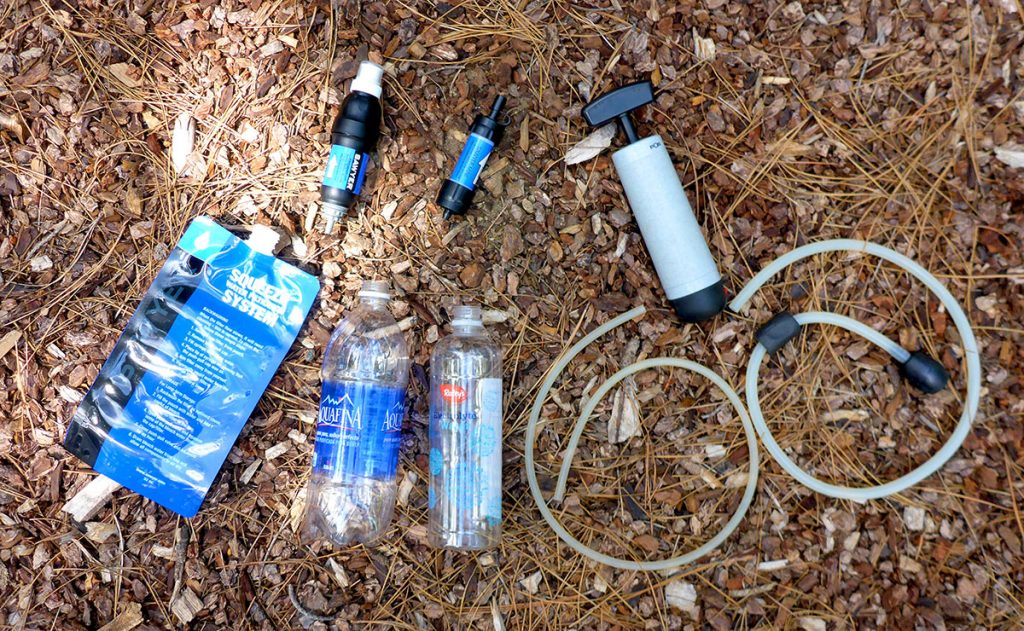
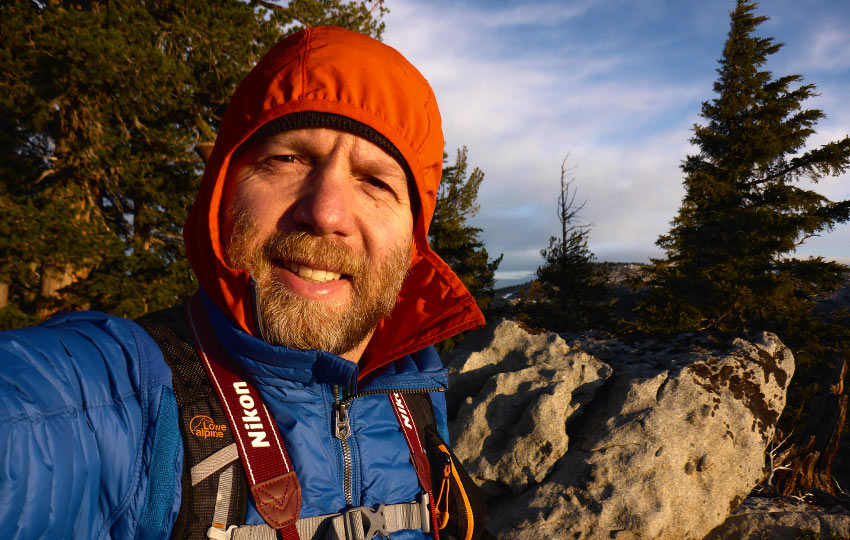
I’ve enjoyed reading your (planning your back country trip series) besides reading other websites and find them informative.
Im planning on hiking the TRT this August 2019 and getting my info together and I plan on starting my hike at Kingsbury
Grade South off HWY 207 and my question is can I park my car there and leave it for the 2 weeks that I will be hiking without it getting towed away.
Thanks for the positive feedback. Glad you’re finding some helpful information in my articles.
As far as parking at Kingsbury Grade (south), I’m not aware of there being any long-term parking options near there. Mostly, the south side of Kingsbury Grade near the TRT is a residential neighborhood so I personally wouldn’t leave my vehicle there for more than just a day hike. There’s a more official trailhead off of North Benjamin Drive (North Kingsbury Grade) and Andria Drive. That would be better than the south side, but I’d still be hesitant to leave my vehicle at that trailhead for too long. My concerns mostly stem from the fact that that particular trailhead sees high traffic and use during the summer as it’s the access point for hiking to Castle Rock (https://tahoetrailguide.com/castle-rock/) and day hikes on the TRT. Normally this could be considered good as there would be, in theory, other hikers around to prevent any would-be thieves. However, the trailhead is at the end of a long stretch of residential roads with a lot of vacation home rentals (i.e. tons of random people traveling in and out of the area).
Honestly, I would consider looking into some type of long-term parking option down the hill at the casinos at Stateline. Then just get a ride up to the trailhead when you’re ready to hike. There are obviously a bunch of random people that visit casinos, but at least parking at a casino for two weeks would be considered normal (if you were on vacation, for example), and they have security and cameras.
Contact the TRTA as well to see what their feedback is regarding parking near Kingsbury Grade. And let me know what you end up deciding on!